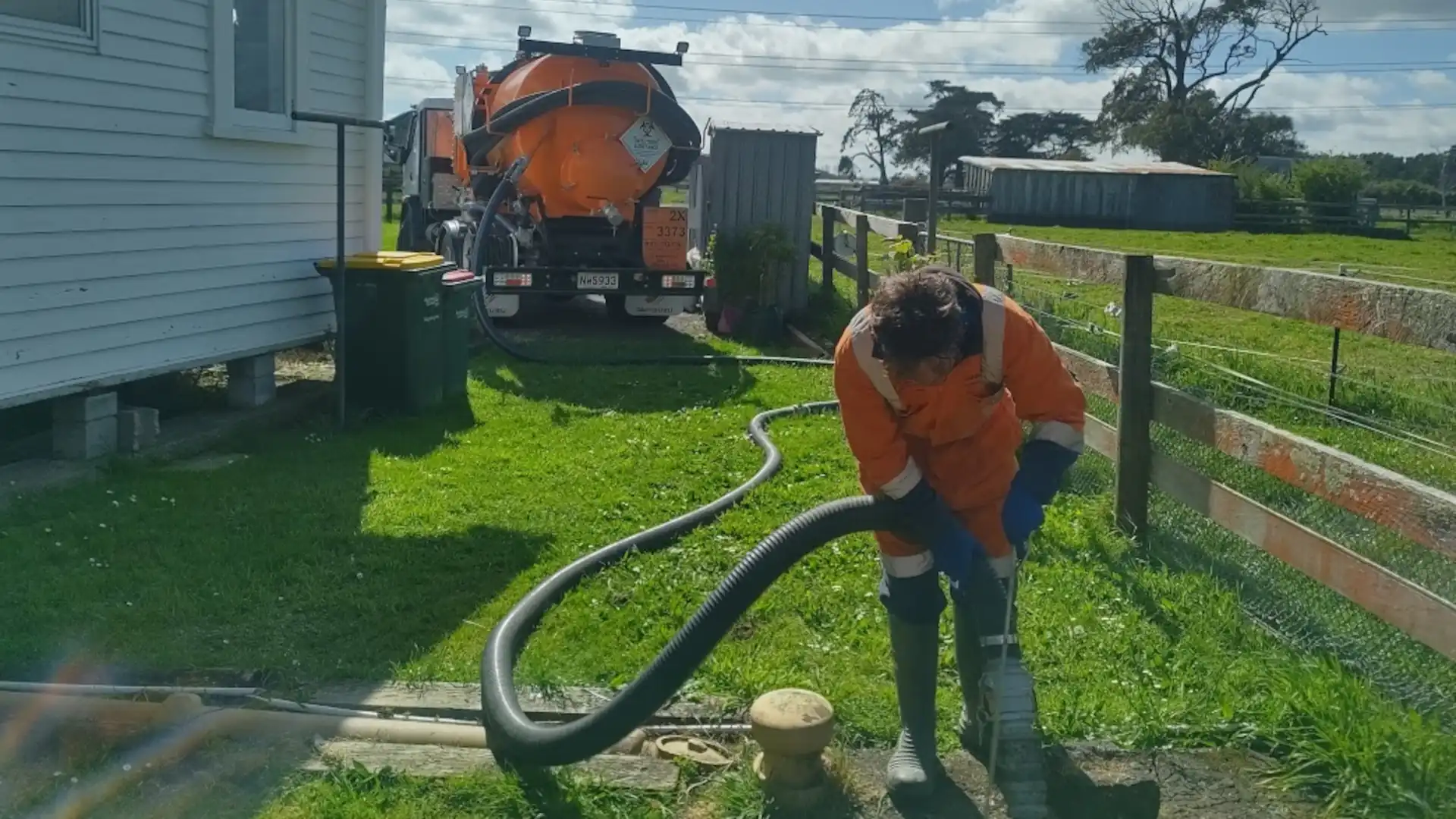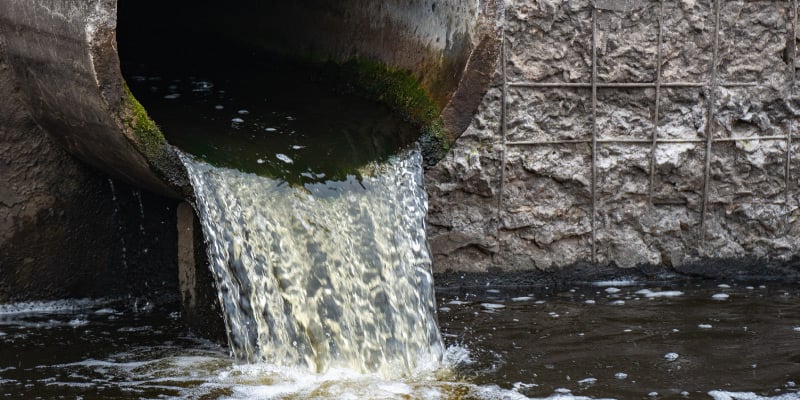Comprehending the Comprehensive Refine of Liquid Waste Disposal: Finest Practices and Environmental Impact Considerations
The monitoring of fluid waste disposal is a multifaceted issue that needs a complete understanding of various finest methods and their linked ecological effects. From the kinds of fluid waste created to the techniques employed for collection, treatment, and last disposal, each step plays an essential role in guarding ecosystems and public health. As regulative requirements evolve and modern technology developments, the discussion around these procedures becomes significantly significant. What effects do these modifications hold for future sustainability initiatives, and how can stakeholders make certain that they are effectively dealt with?
Kinds Of Liquid Waste
Understanding the different kinds of liquid waste is important for effective administration and disposal techniques. Liquid waste can be generally classified right into several types, each requiring unique handling and treatment strategies.
Industrial liquid waste typically includes harmful materials, consisting of heavy metals, solvents, and chemicals, generated throughout making processes. These wastes require stringent regulative compliance to shield human health and the atmosphere. Domestic liquid waste largely refers to wastewater generated from homes, including sewer and greywater, which, although much less poisonous, can still posture substantial dangers if incorrectly handled.
Agricultural fluid waste, including overflow from ranches, frequently contains fertilizers and pesticides that can lead to ecological deterioration if not treated effectively. Medical liquid waste, created from medical care centers, includes infected liquids such as physical fluids and chemicals, requiring specialized disposal methods to stop infection and environmental contamination.
Finally, oil and oil waste, generally generated by dining establishments and automotive markets, can create extreme clogs in sewage system systems otherwise handled correctly. Understanding these groups facilitates targeted techniques for therapy, conformity with guidelines, and reliable disposal approaches, ultimately promoting environmental sustainability and public wellness safety.

Collection Techniques
Efficient collection techniques are crucial for the correct administration of liquid waste, guaranteeing that it is collected securely and successfully prior to treatment or disposal. Various methods are used relying on the kind of liquid waste created, the volume, and the specific attributes of the waste.
One common technique is the usage of devoted collection storage tanks or sumps, which are made to record liquid waste at the resource. These systems typically include pumps that promote the transfer of waste to bigger storage space containers or therapy centers. Additionally, mobile collection devices outfitted with vacuum technology are utilized in scenarios where waste is created periodically or in hard-to-reach places.
For commercial setups, closed-loop systems can efficiently minimize leakages and spills, enabling for the recovery and reuse of fluid waste. It is additionally important to educate personnel on appropriate collection methods to minimize dangers linked with unsafe materials.
Moreover, applying normal maintenance routines for collection equipment ensures optimum performance and security. The integration of innovative surveillance systems can enhance collection effectiveness by providing real-time information on waste levels and potential threats. Overall, reliable collection techniques are fundamental to sustainable fluid waste monitoring practices.
Treatment Procedures
Treatment processes play an important duty in the administration of fluid waste, changing possibly unsafe products into reusable sources or risk-free effluents - liquid waste disposal. These processes can be broadly classified right into physical, chemical, and biological methods, each tailored to resolve particular pollutants present in the waste stream
Physical therapy techniques, such as sedimentation and filtering, work by removing suspended solids and particulate issue. These strategies are typically the initial step in the therapy chain, properly reducing the tons on subsequent procedures. Chemical treatments involve making use of reagents to reduce the our website effects of damaging substances, speed up heavy metals, or oxidize organic pollutants, thus improving the safety and security of the effluent.
Organic therapy processes, including activated sludge systems and anaerobic digestion, take advantage of the natural abilities of microbes to break down raw material. These approaches are specifically effective for wastewater including biodegradable pollutants. Advanced therapy modern technologies, such as membrane layer purification and progressed oxidation procedures, are progressively used to accomplish higher degrees of filtration.
Integrating a mix of these therapy methods not just makes certain compliance with governing criteria yet also promotes ecological sustainability by recovering valuable resources from liquid waste.
Disposal Options
Just how can companies ensure the accountable and safe disposal of fluid waste? Effective disposal alternatives are critical for guarding public health and wellness and the atmosphere. The key methods consist of land treatment, incineration, and disposal adhered to by discharge into community wastewater systems.
Land disposal involves the mindful containment of fluid waste in designated my link land fills, making certain that it does not seep into bordering soil or water. Incineration, on the other hand, topics liquid waste to high temperature levels, transforming it right into ash and gases, which require correct purification to reduce emissions. This approach is suitable for harmful wastes that can not be dealt with through conventional methods.
In situations where liquid waste can be dealt with, organizations may select chemical or biological treatment processes to neutralize unsafe parts before discharging the treated effluent right into local systems. This path generally aligns with governing needs, making certain that the effluent fulfills security standards.
Eventually, organizations have to carry out complete analyses of each disposal alternative to determine its stability, taking into consideration variables such as waste composition, governing compliance, and possible threats to wellness and the setting. By picking ideal disposal methods, companies can add to an accountable waste monitoring method.
Environmental Influence
The environmental influence of fluid waste disposal is an important consideration for organizations seeking to minimize their eco-friendly footprint. In addition, the discharge of neglected or improperly dealt with waste right into surface waters can result in eutrophication, leading to oxygen depletion and the subsequent fatality of fish and other organisms.

To reduce these effects, companies should embrace best methods such as carrying out extensive waste treatment procedures, promoting recycling and reuse, and adhering to governing standards. By taking a proactive method to liquid waste management, entities can dramatically lower their ecological impact while supporting sustainable development goals. Inevitably, an extensive understanding of the ecological influences related to fluid waste disposal is important for notified decision-making and responsible stewardship of natural deposits.
Verdict
Effective monitoring of fluid waste is vital for securing ecological stability and public health and wellness. By taking on best practices in treatment, disposal, and collection, along with adherence to regulatory criteria, the possibility for unsafe contamination of ecosystems can be substantially decreased. Continual improvements in innovation and processes add to sustainable waste administration initiatives. Ultimately, an extensive understanding of fluid garbage disposal not just reduces ecological impacts however also cultivates a commitment to accountable resource management and ecological stewardship.
The administration of liquid waste disposal is a multifaceted concern that calls for a detailed understanding of various best techniques and their linked ecological effects. From the kinds of fluid waste created to the techniques employed for collection, therapy, and final disposal, each action plays an essential role in protecting ecological communities and public health.The environmental impact of fluid waste disposal is an important consideration for companies looking for to reduce their ecological footprint. Inevitably, a thorough understanding of the ecological effects linked with fluid waste disposal is essential for notified decision-making and responsible stewardship of all-natural resources.
Inevitably, a comprehensive understanding of fluid waste disposal not just alleviates ecological impacts yet likewise fosters a commitment to accountable source administration and environmental stewardship.